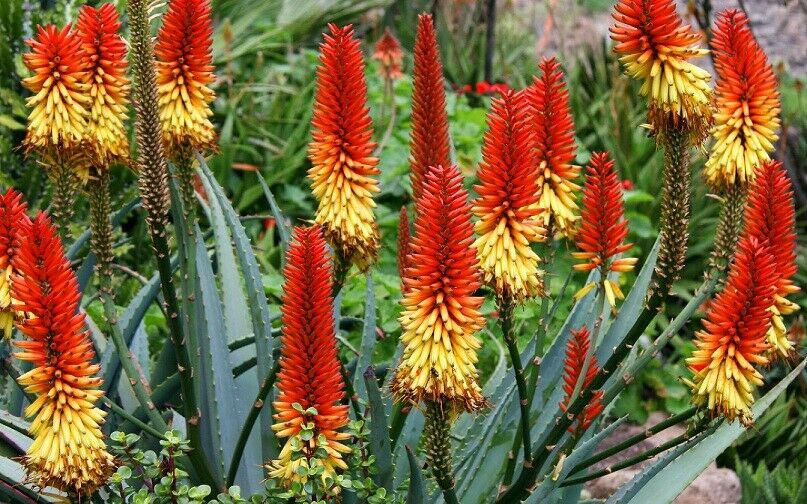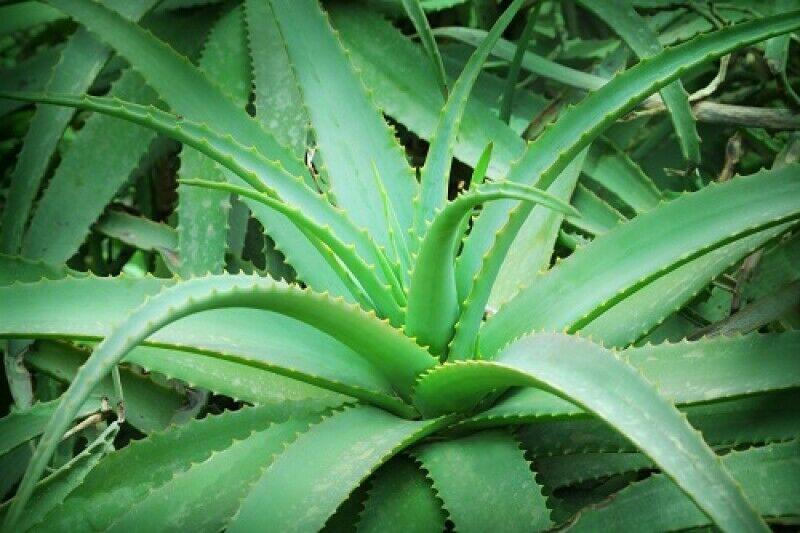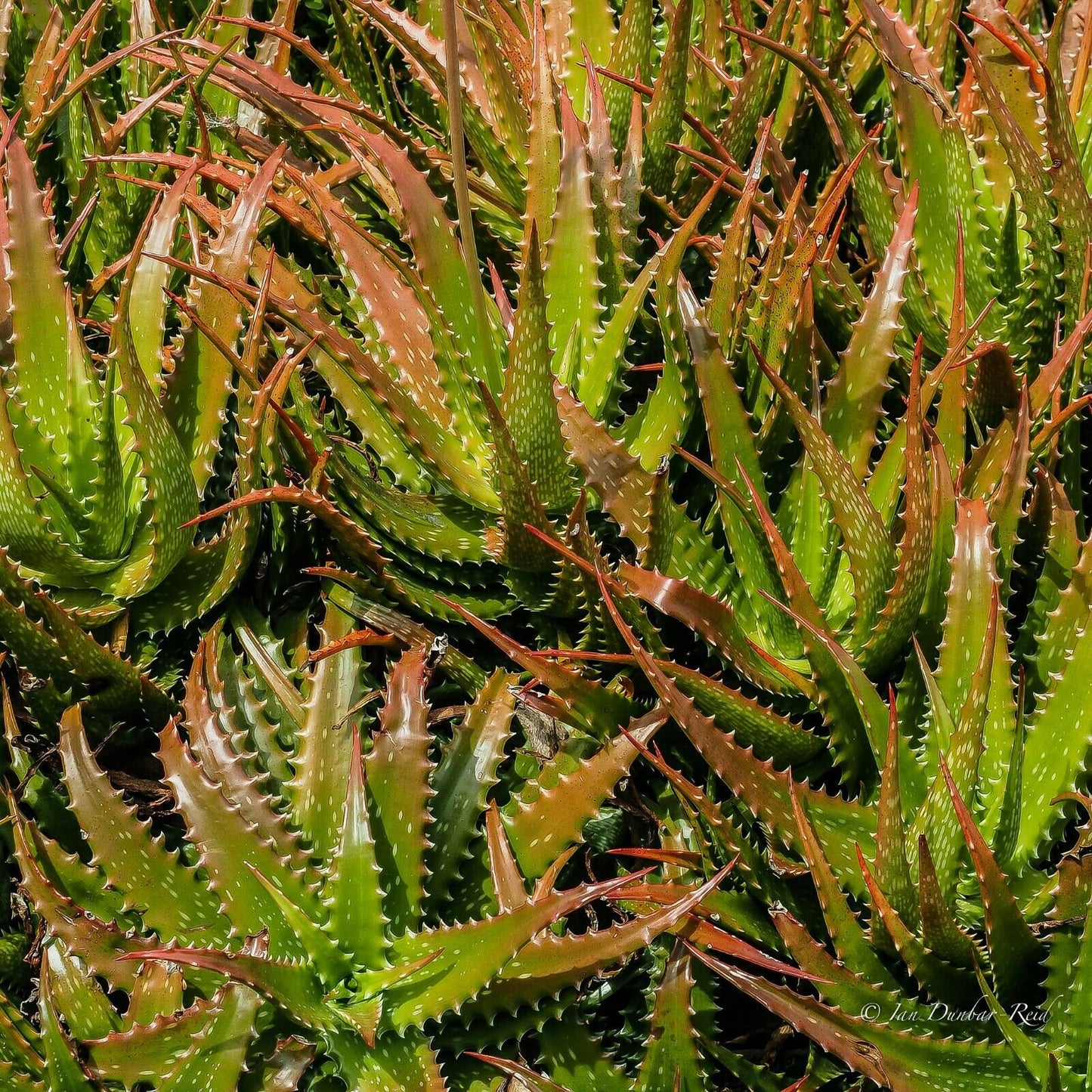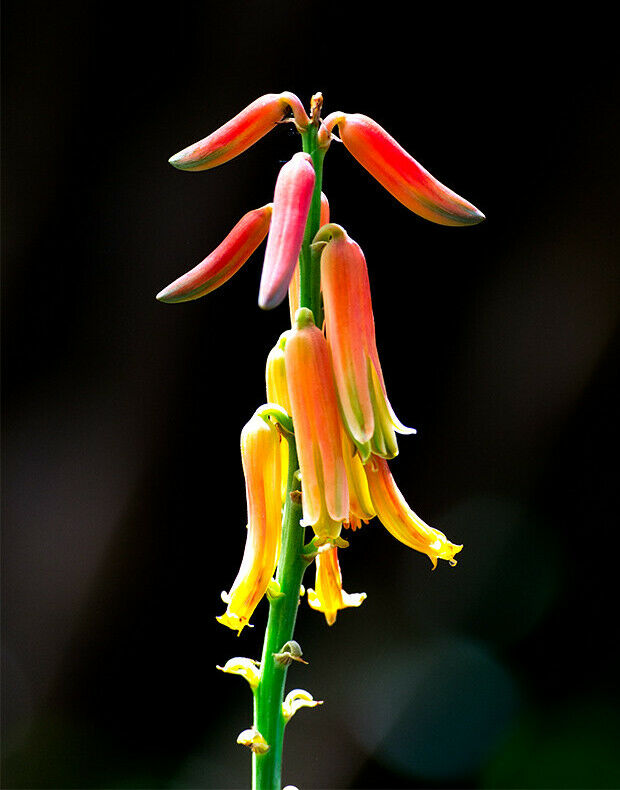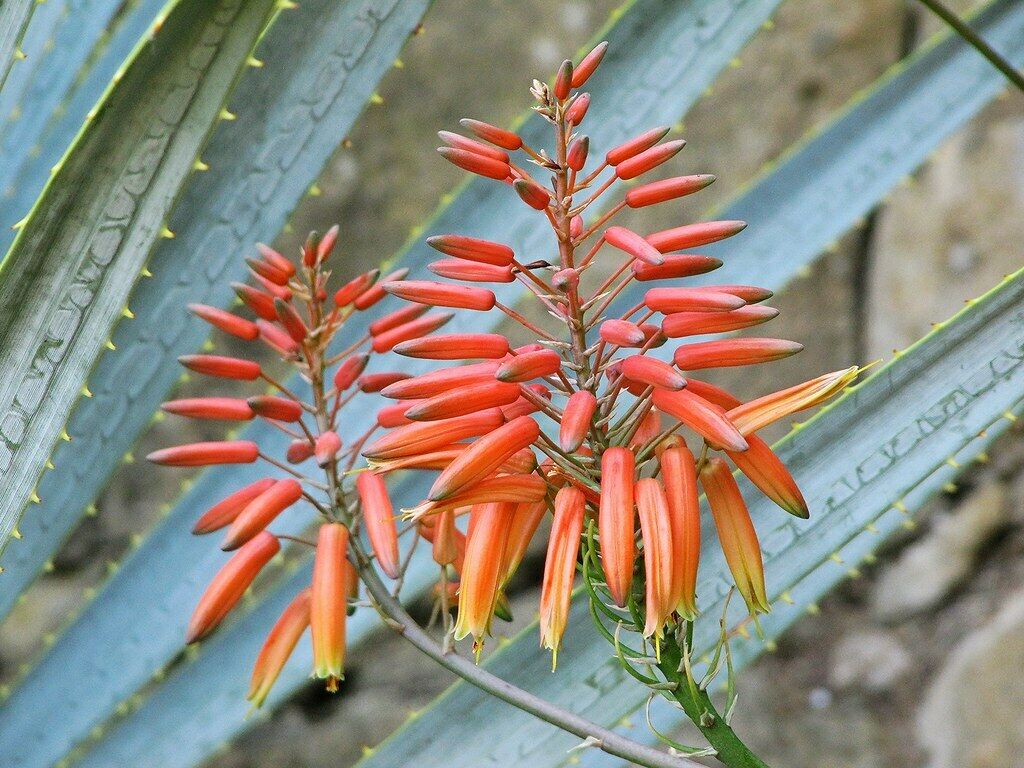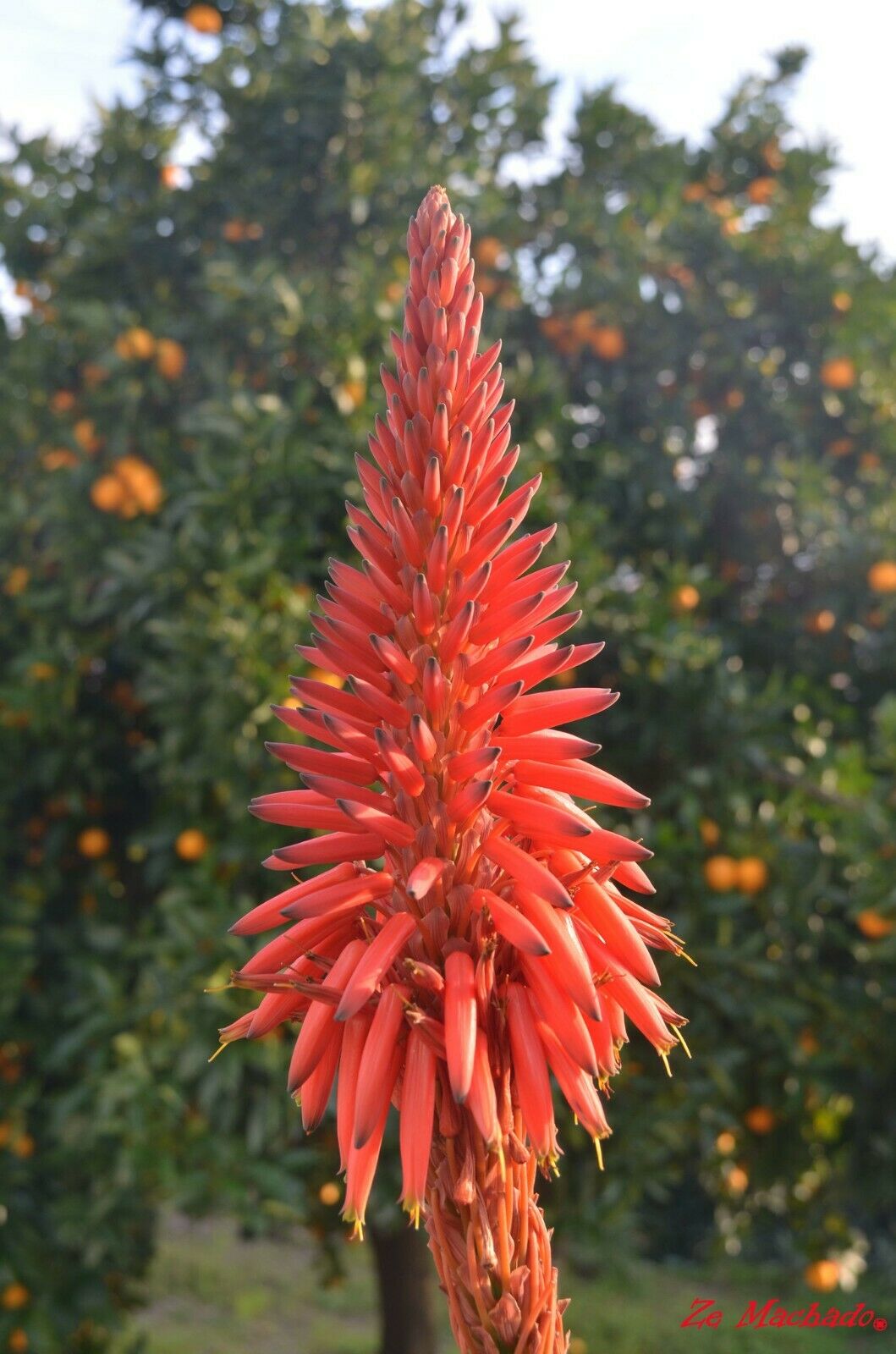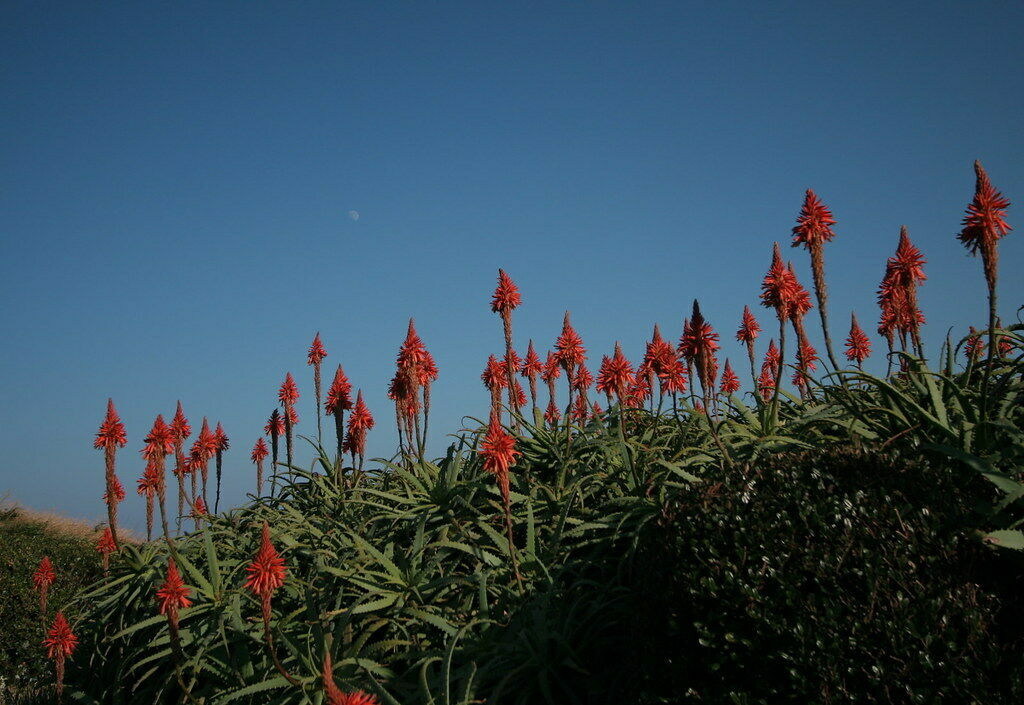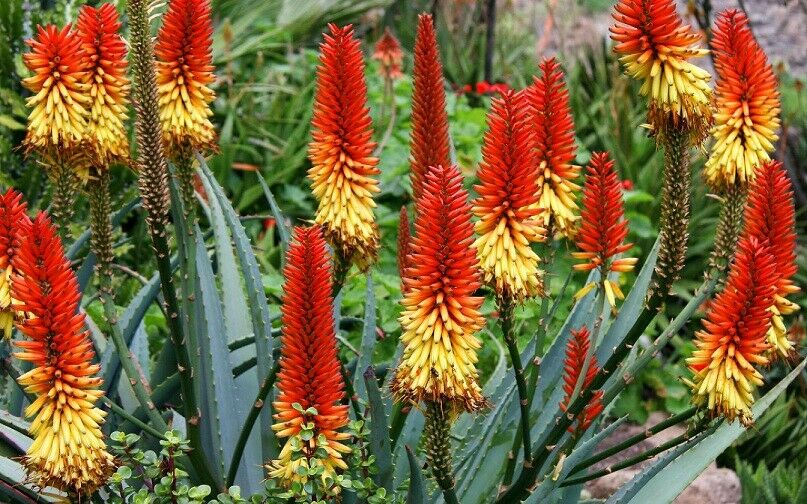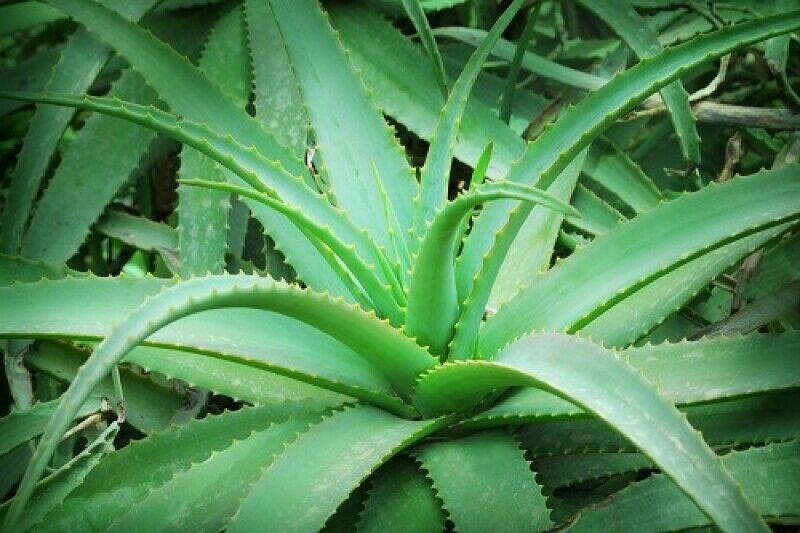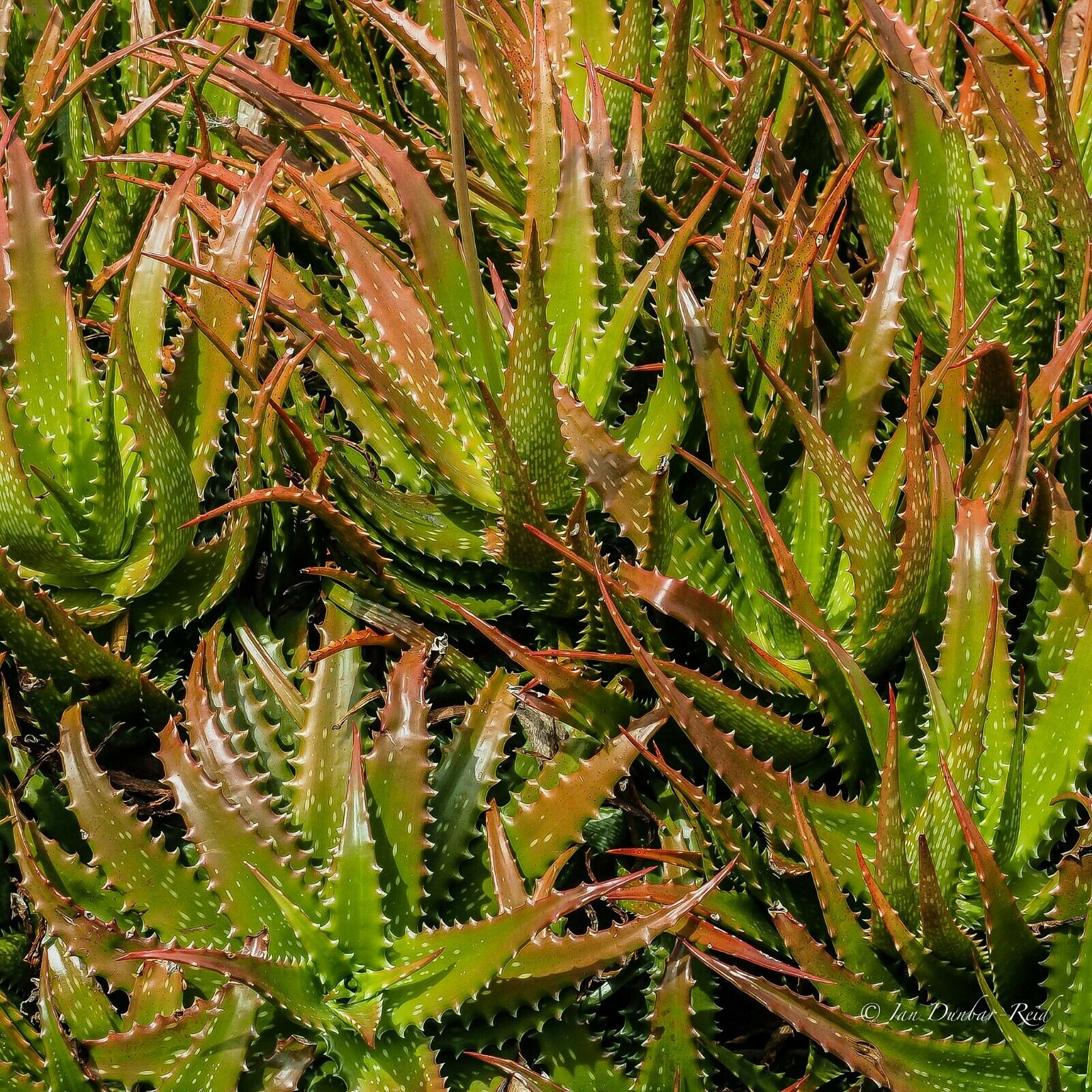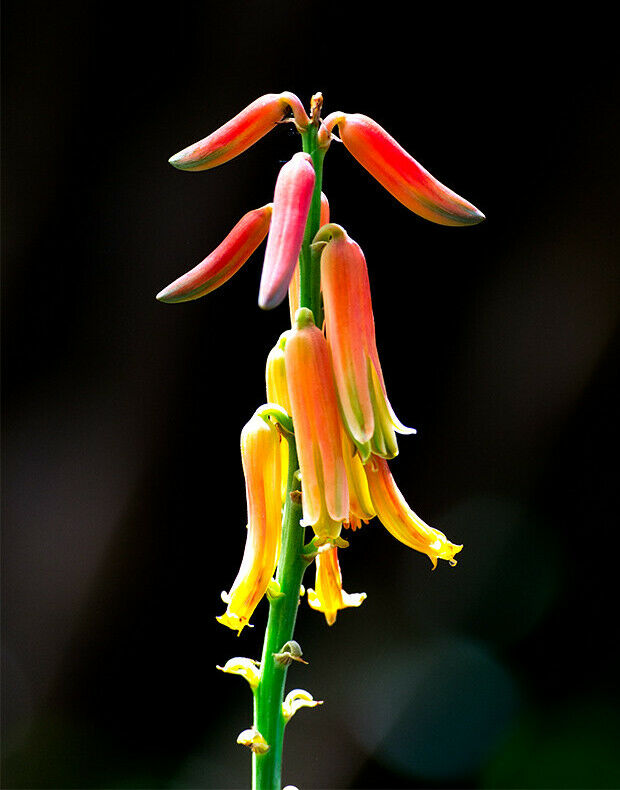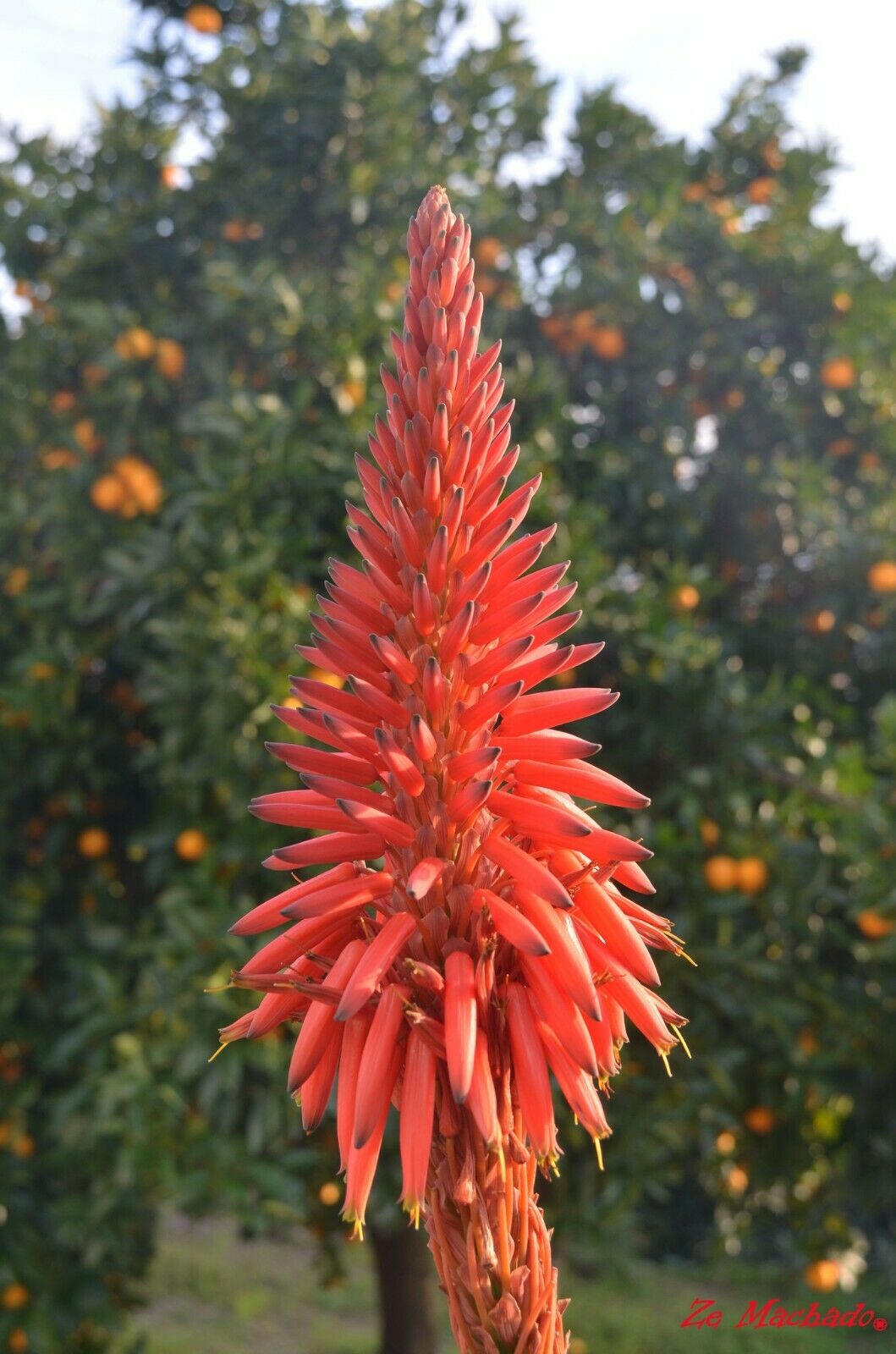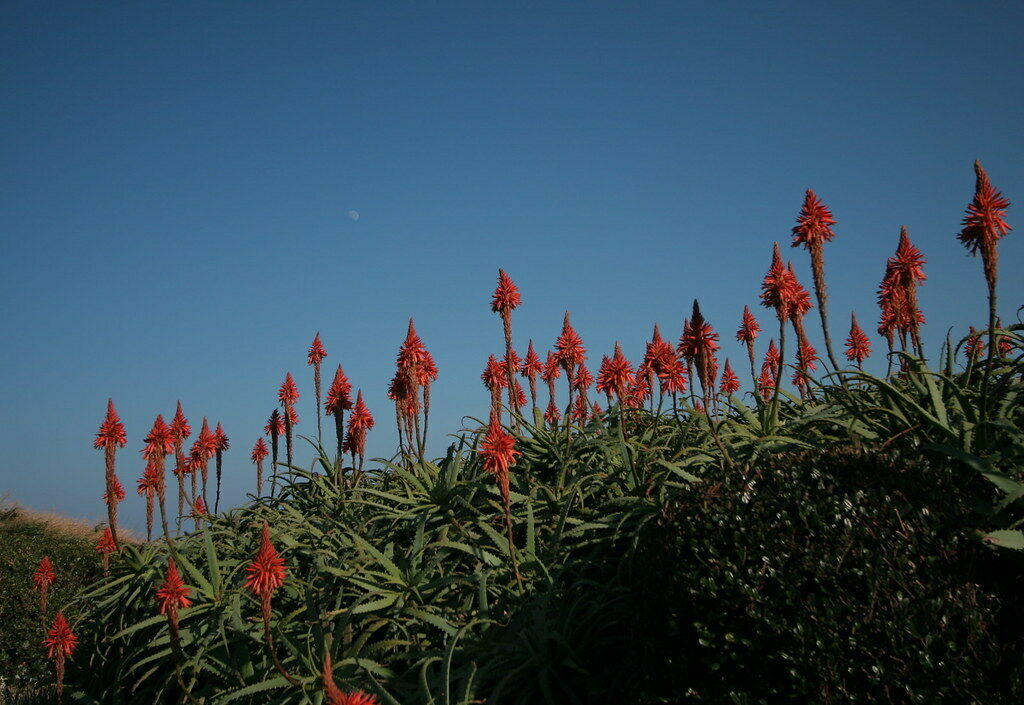1
/
of
7
Floridaseeds
Aloe Vera Aloe barbadensis 100 Seeds USA Company
Aloe Vera Aloe barbadensis 100 Seeds USA Company
Regular price
$14.99 USD
Regular price
$18.99 USD
Sale price
$14.99 USD
Unit price
/
per
Shipping calculated at checkout.
Couldn't load pickup availability
Aloe vera, commonly called medicinal aloe, is a tropical perennial that grows upright with stiff rosettes of succulent leaves. Common name is in reference to the folk medicine history of this plant. Lance-shaped green leaves (to 18” long) are spotted white and armed with whitish marginal teeth. Leaves mature to gray-green. Plants may grow to as much as 3’ tall. Flowering occurs only on mature plants, typically in summer. On container plants, flowering will only occur on plants grown in optimum conditions (e.g., sunny windows or sunny outdoor locations). Yellow or orange flowers in racemes bloom atop erect stalks rising to as much as 3’ tall. Medicinal aloe is noted for the healing and cosmetic properties attributed to its sap. The sap is added to a large number of commercial cosmetics, particularly lotions and creams. Sap is noted for its ability to moisten dry skin.
Winter hardy to USDA Zone 10-12. As a houseplant, it is easily grown in sandy well-drained commercial potting loams. Best sited in full sun, but this plant seems to adapt to some part shade. Tolerant of drought and dry indoor air. Water very moderately in spring, summer and fall, but reduce watering to the minimum in winter. Tolerates 50F to 60F degree nights in summer with a minimum of 40F degrees in winter. Plants taken outside for summer should be protected from rain, and should be brought indoors in early fall before night temperatures begin to dip below 50F degrees.
Growing Instructions
- Prepare a mixture of half potting soil and half sand, perlite or vermiculite. Water the mixture so that it is moist but not wet.
- Put the seeds on the soil.
- Cover the seeds with a thin layer of soil.
- Water the seeds.
- Place the pots in an area with warm temperatures in full sun or part shade.
- When the seedlings are a few inches tall, they can be transplanted.
Materials
Materials
Shipping & Returns
Shipping & Returns
Dimensions
Dimensions
Care Instructions
Care Instructions
Share
